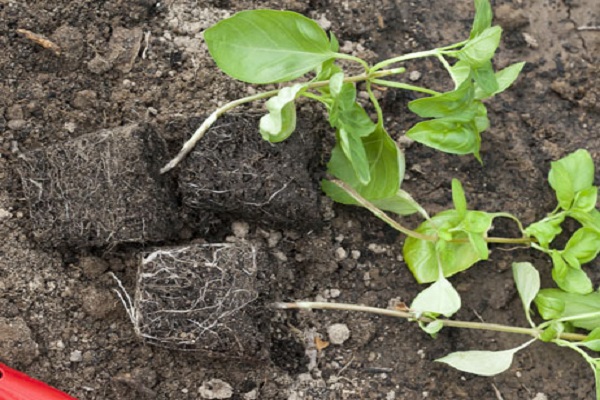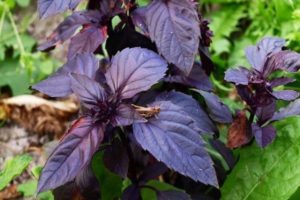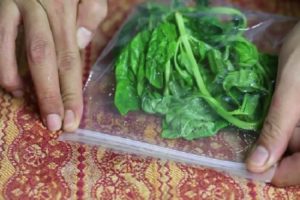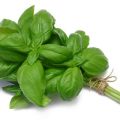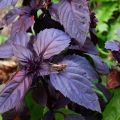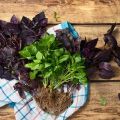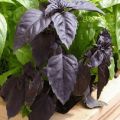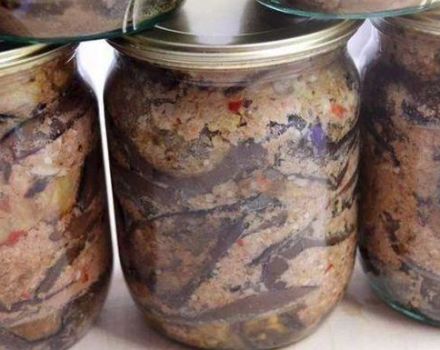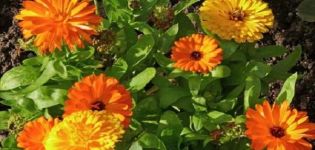How to grow basil from seeds at home for seedlings
Basil seedlings allow you to get fragrant greens for the country table in early June. The homeland of the plant is India. But all over the world it is appreciated for its spicy taste and smell.
The culture is thermophilic. But it can be grown even in regions with a cool climate. The seedling method helps gardeners to deceive nature: the plant receives enough heat and light.
Greens are used in cooking: cut into salads, decorate dishes. Basil goes well with tomatoes, fish and seafood. When planted in a greenhouse, it attracts pollinating insects. Some gardeners decorate their flower beds: the plant blooms with pretty flowers of different shades. The released phytoncides improve the air in the country.
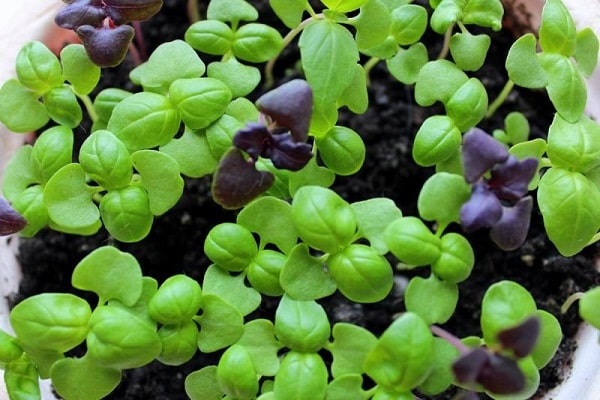
Sowing dates for basil seedlings
There are varieties of different ripening periods. But the growing season for a plant is 120-160 days. It should be planted on the ridges after the onset of warm weather. The soil should warm up.
Seedlings should be driven out 50-60 days before the intended placement in a permanent place. According to the calendar, it is March 20-25.
When grown in an unheated greenhouse, you can plant seedlings when the weather is sunny. Ultraviolet light is enough to warm up the protected ground. Then it is recommended to sow a month earlier.
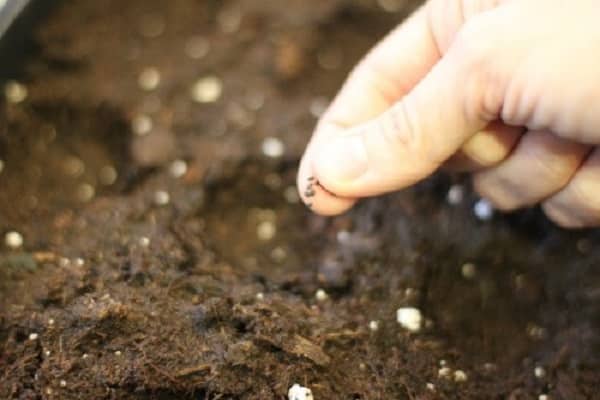
Seedling soil composition
Some gardeners use ready-made soil for green crops. Before sowing it is recommended to spill it with "Fitosporin" to destroy harmful organisms.
Another way is to compose the land yourself. In the fall, you should prepare the components:
- neutral peat (4 parts);
- river sand (1 part);
- mature compost (2 parts).
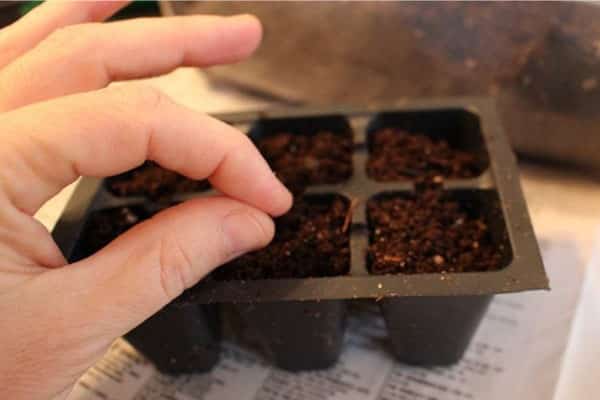
The components are recommended to be folded into food bags and placed under a canopy outside or on a cold veranda. In winter, the contents will freeze, the insect larvae will die.
A week before the intended sowing, the bags are brought to heat. Then mix the parts, spill with a pink solution of potassium permanganate. Liquid temperature - 60 degrees Celsius.
In case of severe contamination, treat the components with a herbicide according to the instructions. Sowing time is delayed until the chemicals break down.

Conditions for growing seedlings at home
Gardeners grow basil on ordinary window sills before planting in the ground. Getting healthy plants is easy: you need to follow agricultural techniques.
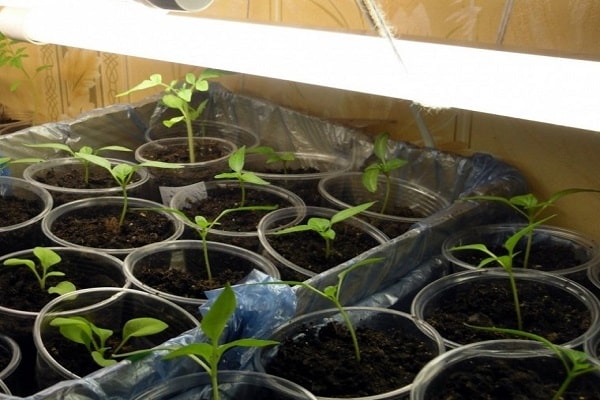
Sowing
The crop yield depends on a correctly performed operation. Can be grown from your own seeds or purchased. How to proceed:
- seedling containers must have drainage holes;
- basil does not tolerate waterlogging of the soil (pour a layer of expanded clay or brick chips on the bottom);
- Pour soil into containers, compact slightly (leave 3-4 cm to the edge);
- spill the soil with a solution of potassium humate (operating temperature 40 degrees Celsius);
- plant seeds evenly, sprinkle with earth on top;
- compact the soil, put on a bag with holes for air intake on top.
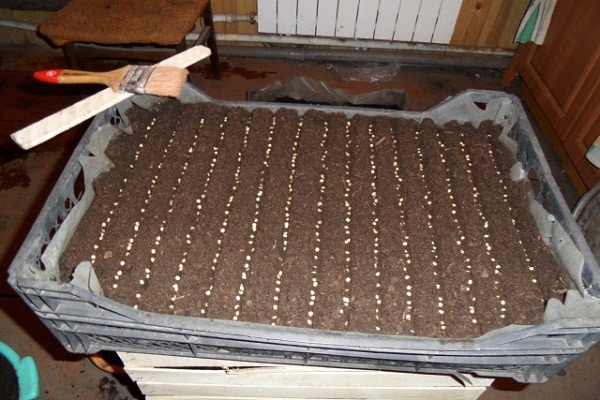
Seeds germinate in the light in a warm place... Place the seedling container on a light-colored windowsill. The temperature should be 24-25 degrees Celsius. Seedlings appear on the 10th day.
Sometimes the landing is done in an original way. A layer of snow 0.5 cm thick is poured on top of the prepared container. Seeds are spread on it, spread over the surface with a toothpick. Close with a bag with holes or glass. The snow melts, the grains are drawn into the ground. With this method, short-term seed stratification occurs.

Lighting: how to do it right
There is not enough light in the room for seedling growth. As soon as seedlings appear, you should begin to highlight the plants. It is recommended to use an agrolamp with a lampshade: it guides the beam.
Provide plants with 16 hours of daylight. With a decrease in the highlighting time, the seedlings are stretched. Basil looks weak.
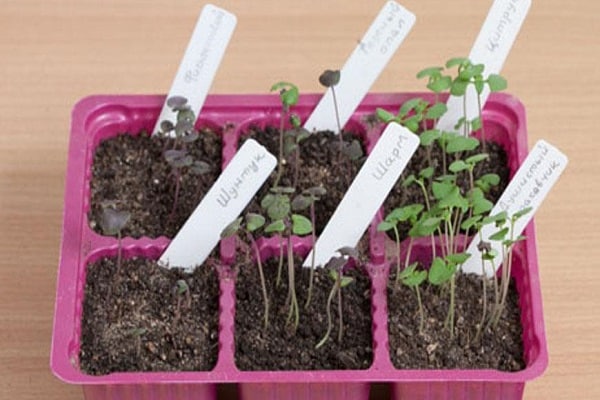
Drainage
The plant does not tolerate stagnant water at the roots. Drainage is recommended to prevent disease.
For this, expanded clay, brick chips, crushed shells washed and scalded with boiling water are used. They should be laid on the bottom up to 1 cm thick.
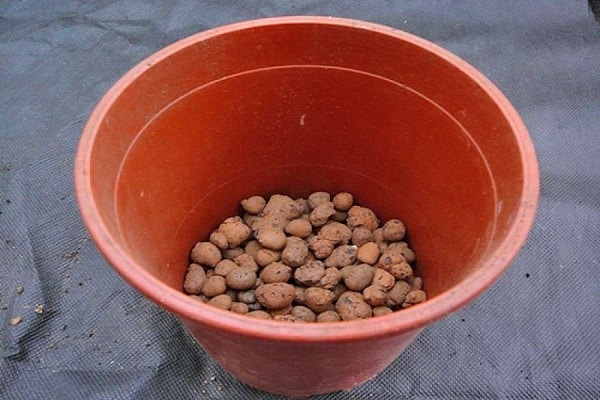
Watering
Basil health depends on the correct watering. The soil should not be moistened before emergence. Cotyledonous leaves are sensitive to excess moisture. Watering should be done every 3-4 days using a medical syringe.
After the growth of real leaves, you can moisturize more abundantly. The operation should be carried out after the top layer of the soil has completely dried. It is recommended to use a watering can with a rain showerhead.

Top dressing
Basil seedlings grow in limited containers. The soil is fertile enough for seed germination. But with further growth, the nutrient content decreases. It's time to start fertilizing.
The introduction of nitrogen provokes rapid plant growth... It is recommended to use the seedling mineral complex. In its absence, you should use an infusion of oven ash (a tablespoon per 1 liter, insist, dilute with 5 liters of water). Top dressing is carried out once a week.

Dive
Sometimes gardeners plant basil too often. Tight planting provokes stretching of the plants. They should be thinned out or cut open. The optimal picking time is 2 true sheets.
It is recommended to use a special scoop for picking. They gently pick up the plant and transplant it into a new container with soil. The spine (if necessary) can be shortened by a third.

Pinching
The pinching should be done when the 5-6th true leaf grows back. This operation:
- makes plants to bush;
- slows down the formation of peduncles;
- stimulates the growth of side shoots;
- prevents pulling.
The pinching is recommended to be done with alcohol-wiped nail scissors. They need to carefully cut off the top of the plant.

Possible problems of basil seedlings
Sometimes the gardener fails to grow healthy seedlings. The reasons are different. To prevent mistakes, it is recommended to follow the cultivation technique.
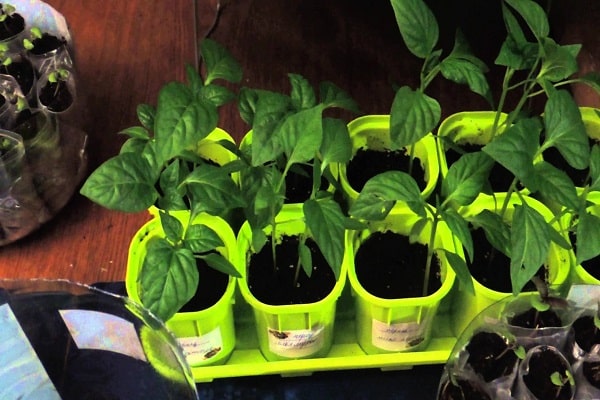
Seeds do not germinate
The first reason is that the seeds have rotted. Gardener:
- overdoing it with moistening the soil when planting;
- forgot to make drainage holes in the container;
- did not provide ventilation for seedlings;
- did not remove condensation accumulated on the film or glass.
The second reason is poor quality or expired planting material.
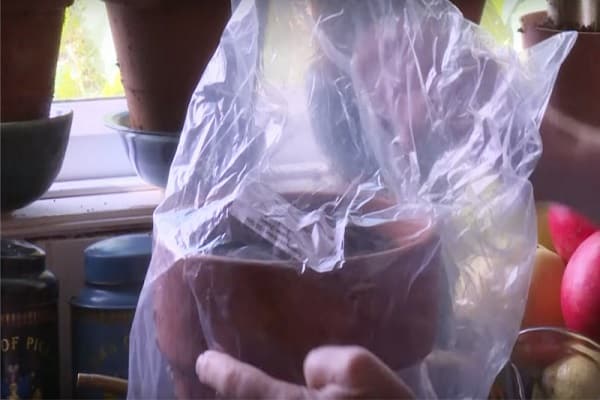
Seedlings fall
This is due to the introduction of excess nitrogen. Plants are undernourished or shaded. It is recommended to thin out the seedlings and add a mineral complex.
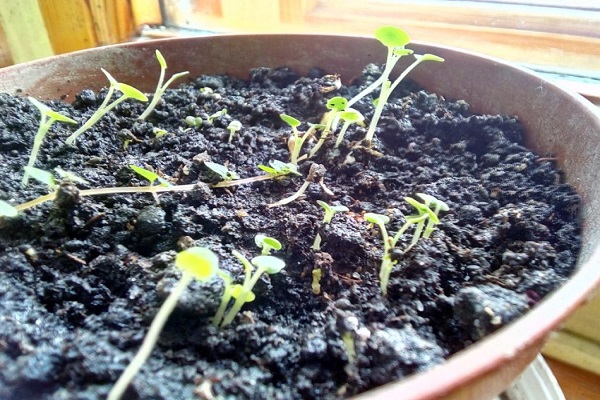
Seedlings do not grow
Plants receive no nutrition or light. Sometimes this is the influence of soil contaminated with bacteria. It is recommended to use only high-quality soil mixtures and observe cultivation techniques.

Pulling
This is a consequence of non-observance of temperature and light conditions. The plant is in a shady and too warm place. It must be transferred to another window sill.
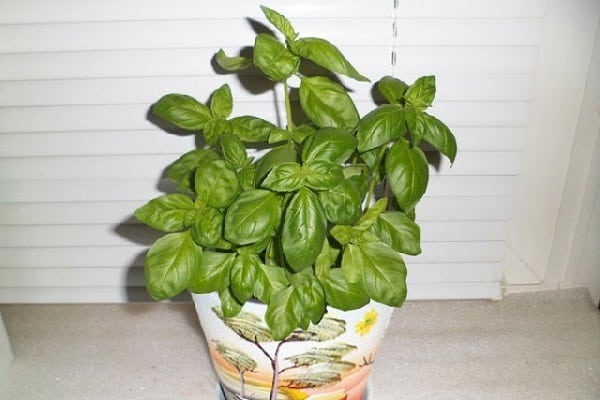
Blackleg
The disease is caused by excessive watering or soil moisture with thickened plantings. It is recommended to remove diseased plants. Maintain the soil in a semi-dry state. Frequent landings - thin out or open. Dusting the ground with ash will prevent disease. Watering is recommended with water at room temperature.

Yellowing of leaves
This is a signal of a micronutrient deficiency. It is recommended to regularly feed with a balanced complex.

Spots on the leaves
Appear as a result of sunlight on delicate plants. It is recommended to shade seedlings. To do this, use low density white lutrasil.
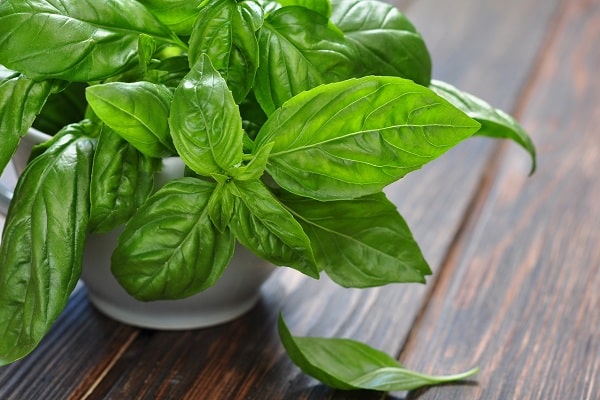
Landing in the ground
Basil seedlings are planted in a permanent place when the soil warms up to 15 degrees to a depth of 10 cm. It is recommended to pre-harden the plants for 2 weeks.
Plants should be placed according to the scheme: 30 cm x 30 cm (for vigorous varieties) or 15 cm x 15 cm (for low ones).
